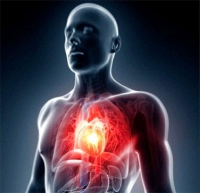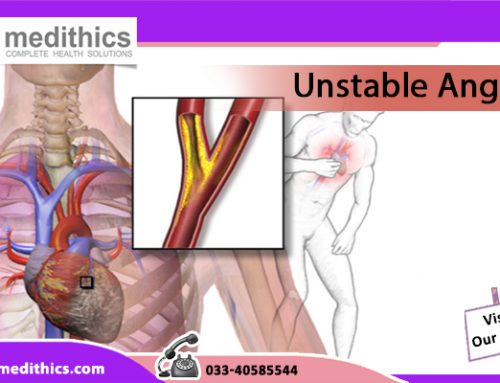The heart and lungs work together to deliver life-sustaining oxygen to the tissues and remove waste products from them. Without proper heart function, blood passes through the lungs effectively but is not delivered to the tissues. Without enough oxygen, breathlessness occurs as a warning sign.
Destruction of Heart Muscle
The heart contracts to deliver blood. First, the top two chambers deliver blood to the bottom two chambers, then the bottom two chambers pump the blood out of the heart. The right side delivers it to the lungs, then the left side receives it from the lungs and delivers it to the body. Diseases that destroy heart muscle tissue interfere with contraction and impair the flow of blood and the oxygen it carries to the lungs and body. This causes breathlessness. An example of this is a myocardial infarction, or heart attack, in which a clot blocks a blood vessel in the heart and part of the muscle dies.
Weakened Muscle Tissue
Diseases that weaken the heart muscle are known as cardiomyopathies and all may cause breathlessness. According to a heart specialist, there are three types: dilated, hypertrophic and restrictive.
In the dilated form, the heart gets stretched out too much and cannot contract with as much force. This can be caused by excessive intake of alcohol and other toxins.
In the hypertrophic form, the heart muscle gets too big and the extra muscle takes up space in the chambers that would normally fill with blood. Heart contractions are not adequately coordinated. This can be caused by long-term, uncontrolled high blood pressure.
In the restrictive form, the heart does not relax properly and is too stiff. The cause is often unknown.
Structural Problems
As per the cardiologist, the heart undergoes complicated transformations from fetal life to full development, beginning as a tube in early development that changes into a four-chambered pump with many vessels. Problems in development can arise in the formation of the chambers of heart, the walls, the valves, the blood vessels, the electrical conduction system or the orientation of the heart. The term encompassing all of these is “congenital heart disease.” There are many ways these can cause breathlessness, for example by pumping blood out to the body without pumping it first to the lungs.
Valve Problems
Blood enters the right side of the heart at the top chamber called the atria. The atria contracts, the blood passes through a one-way valve into the ventricle which then contracts, passing the blood though another one-way valve out of the heart. The same happens on the left side.
Problems with these valves may cause breathlessness, especially in the condition called mitral regurgitation. The mitral valve separates the left atrium and ventricle after the blood returns from the lungs. When the heart squeezes the blood out to the body, some will flow backward into the lungs, causing fluid build up and breathlessness.
Inflammation and Infection
Various conditions that inflame or infect the heart can disrupt its function and cause breathlessness. As an example, certain cancers, viruses and toxins may inflame the lining of the heart called the pericardium. Fluid may build up around the heart and compress it, leading to difficulty with contraction, inadequate delivery of blood and breathlessness.






Leave A Comment
You must be logged in to post a comment.